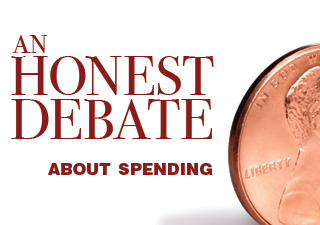Media

Charting Pennsylvania’s Past Can Shape Its Future
Decades of poor policy decisions have contributed to Pennsylvania’s current fiscal struggles. Not coincidentally, as the size and scope of government has increased, so have the commonwealth’s financial and economic problems.
Pa.’s Fiscal Picture in 10 Charts illustrates the growth and composition of state government—along with the exodus of Pennsylvanians to other states. These charts (just two of which are below) identify spending, revenue, and debt trends, which have been on an upward trajectory since the 1970s and should not be overlooked as lawmakers debate a budget agreement over the next two months.
Yet, despite the overwhelming evidence that an unlimited government isn’t good for Pennsylvanians or the state’s bottom-line, a contingent both inside and outside the legislature still believes more spending and higher taxes are the solution instead of the problem.
Gov. Wolf’s budget represents the most prominent example. Although it includes some spending reforms, it still contains $1 billion in tax increases, which would hit people with low and middle incomes, according to the Independent Fiscal Office. Despite this fact, the governor’s plan still has support among Democrats and their primary ally—the government unions.
Fortunately, the governor, Democratic lawmakers, and the government unions are in the minority. House Republicans have already rejected the usual approach by passing a budget that keeps spending in line with the Taxpayer Protection Act and doesn’t raise taxes.
The budget now awaits action in the Senate, where lawmakers have an opportunity to build on the work of the House and begin the process of restoring Pennsylvania’s fiscal health. But that will require rejecting the failed politics of the past and readjusting our current trajectory to build a better future.